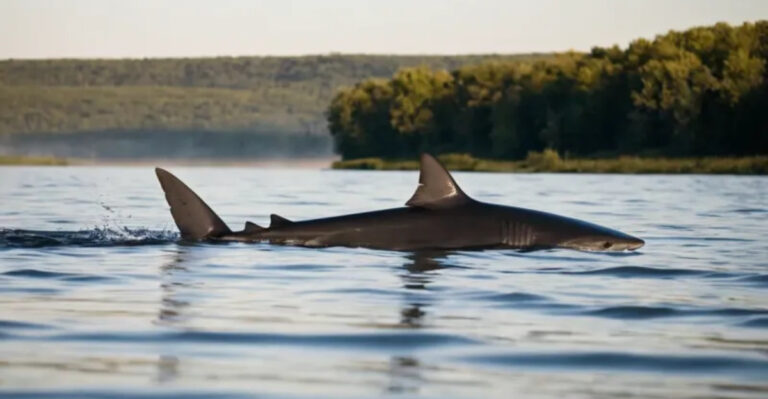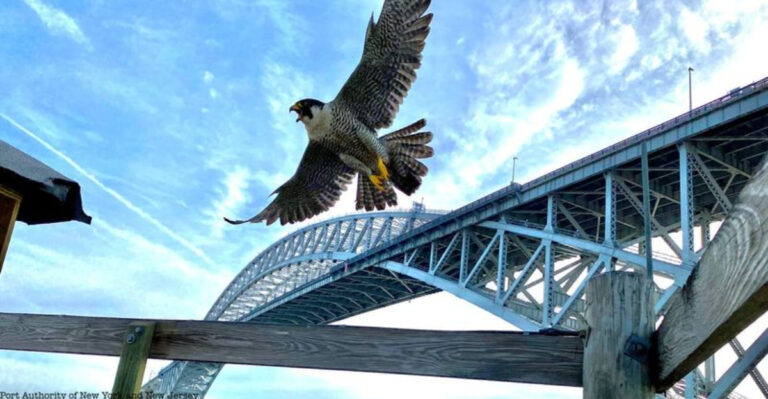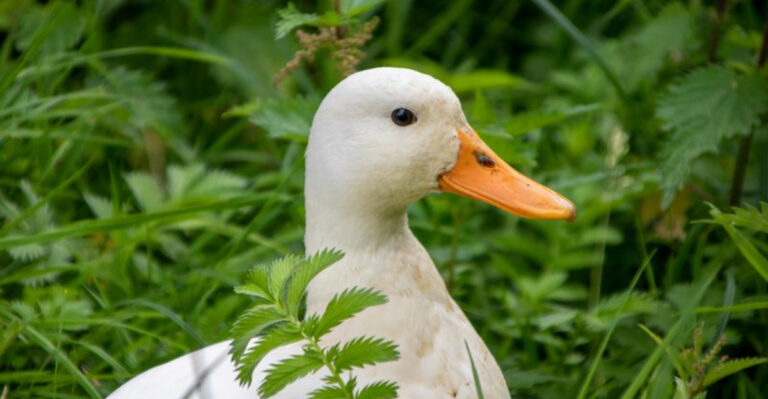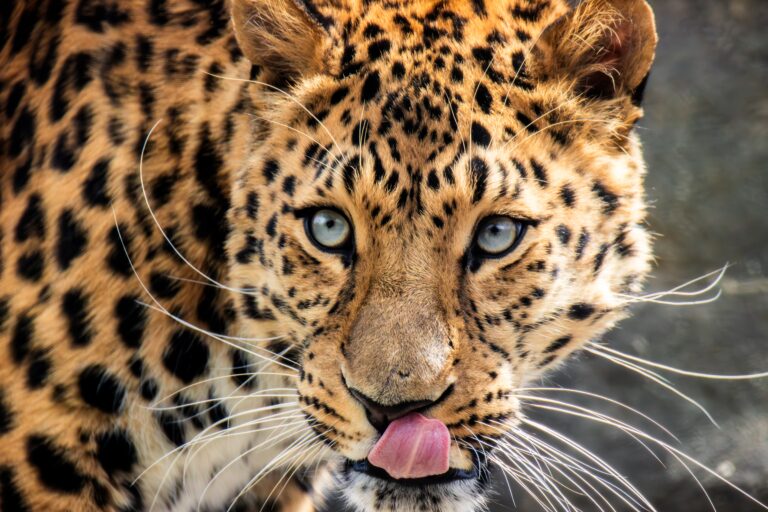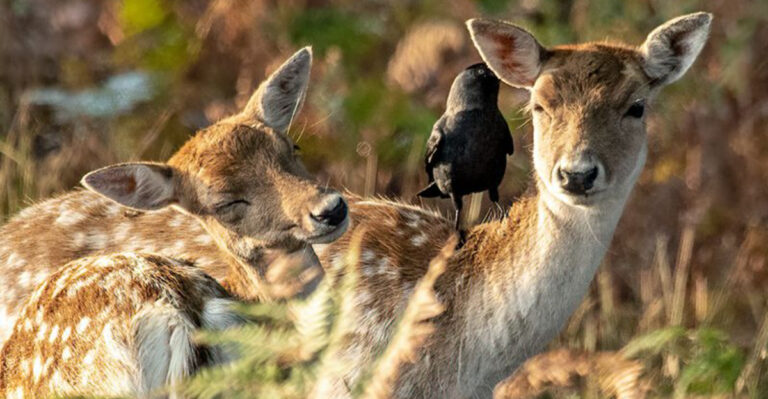15 Bird Species Missing From Your Feeder: The Ones Fading Fast
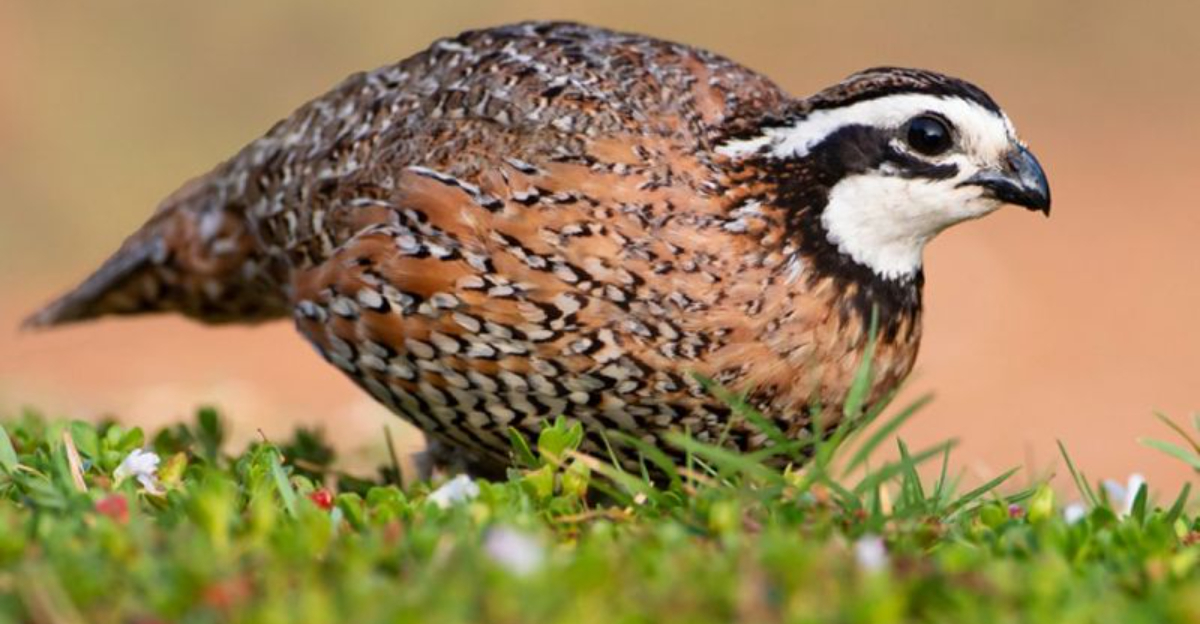
Remember when your backyard was a symphony of chirps and calls? Many once-common birds are now increasingly rare sights at our feeders.
Climate change, habitat loss, and pesticide use have all contributed to alarming population declines. Learning about these disappearing species is the first step toward helping them bounce back.
1. Eastern Meadowlark
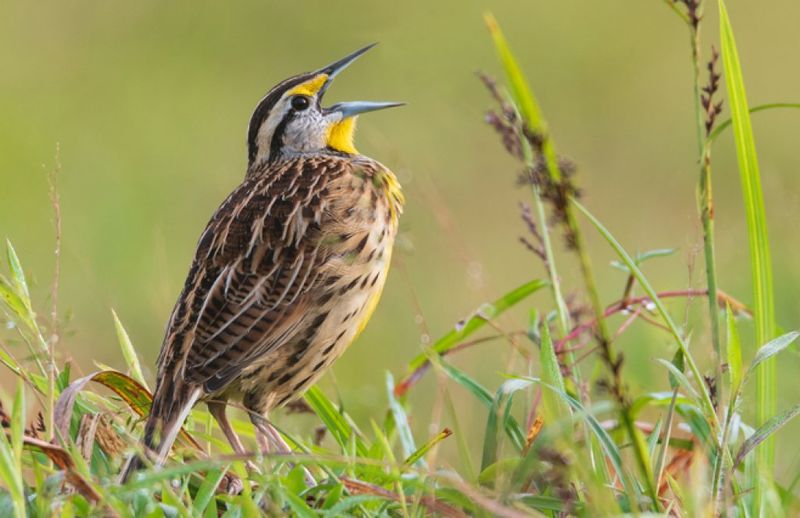
Once the soundtrack of American grasslands, Eastern Meadowlarks have declined by over 70% since 1970. Their brilliant yellow breasts and melodious songs are becoming rare treasures.
Modern farming practices have eliminated the tall grasses these ground-nesters need. Pesticides also reduce the insects they depend on for survival.
2. Rusty Blackbird

Suffering one of the steepest declines of any North American bird, Rusty Blackbirds have lost 85-95% of their population. These wetland specialists are vanishing quietly, with few people noticing their absence.
Their breeding grounds in northern boreal forests are being drained for development. Climate change is also altering the seasonal wetlands they rely on during migration.
3. Purple Finch

Don’t be fooled by their name—these raspberry-colored songbirds aren’t truly purple. They’re also not as common as they once were, having declined by about 1% annually since the 1960s.
Competition from the similar but more aggressive House Finch has pushed Purple Finches from feeders. Forest fragmentation has also limited their breeding success in coniferous woodlands.
4. American Kestrel

North America’s smallest falcon packs personality into its tiny frame. Despite their adaptability, kestrel numbers have plummeted by nearly 50% since the 1960s.
These colorful hunters lose nesting cavities when old trees and wooden structures disappear. Pesticides reduce their prey, while larger raptors like Cooper’s Hawks increasingly prey on kestrels themselves.
5. House Sparrow

Surprisingly, these once-ubiquitous urban birds have declined by over 60% in some regions. Originally introduced from Europe, House Sparrows thrived alongside human settlements for centuries.
Modern architecture offers fewer nesting crevices for these adaptable birds. Changes in agriculture and cleaner streets mean less spilled grain and fewer insects for sparrows to eat.
6. Red-headed Woodpecker

With a crimson head that looks dipped in paint, these striking woodpeckers have declined by over 70% since 1970. Their dramatic appearance once made them among America’s most recognizable birds.
The loss of standing dead trees removes critical nesting sites. Competition from European Starlings for cavity nests further threatens their reproduction in the remaining suitable habitats.
7. Northern Bobwhite
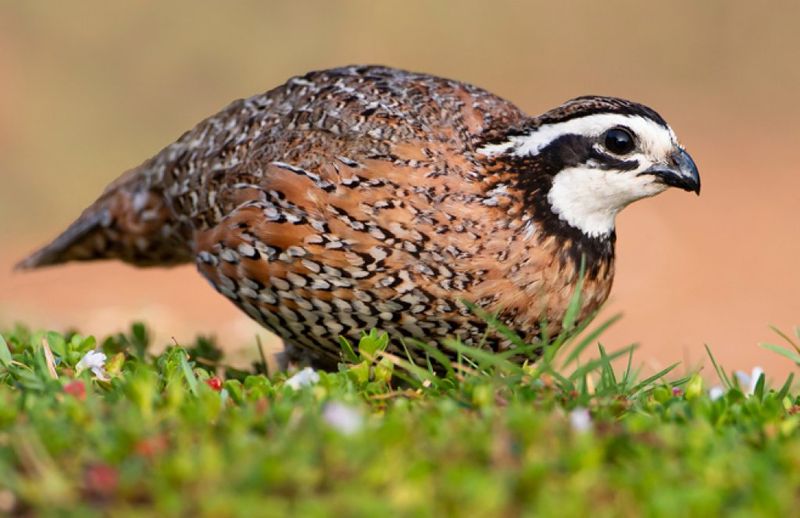
Their cheerful “bob-WHITE” call once echoed across eastern farmlands. Now these plump, ground-dwelling quail have experienced a heartbreaking 85% population crash since the 1960s.
Modern agriculture has eliminated the brushy field edges these birds need for cover. Without protective thickets, bobwhites fall easy prey to cats, hawks, and other predators that patrol manicured landscapes.
8. Wood Thrush

Few sounds capture summer’s essence like the Wood Thrush’s flute-like song echoing through eastern forests. Sadly, their numbers have plummeted by over 60% since 1970.
Forest fragmentation on their breeding grounds creates more edge habitat where predators and parasitic cowbirds thrive. Deforestation in their Central American wintering grounds compounds their struggle for survival.
9. Scarlet Tanager

Like a flame flickering through the treetops, male Scarlet Tanagers bring brilliant color to eastern forests. Their vivid plumage hasn’t protected them from a steady population decline of about 1% annually.
These birds require large, unbroken forest tracts for successful breeding. As forests become fragmented by development, tanagers face increased nest predation and reduced breeding success in the smaller woodland patches that remain.
10. American Tree Sparrow
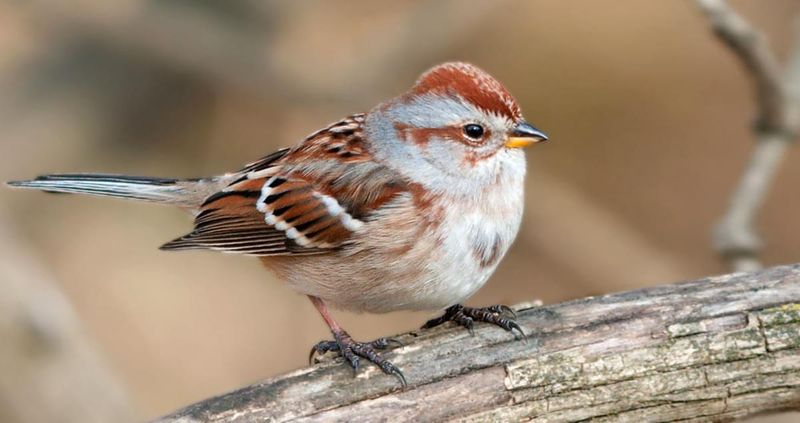
Despite their name, these hardy sparrows nest on the Arctic tundra, not in trees. They visit backyard feeders during winter months—or at least they used to, before their 53% population decline since 1966.
Climate change affects their tundra breeding grounds dramatically. Warmer temperatures shift vegetation patterns and predator-prey relationships in ways that challenge these small birds’ reproductive success.
11. Swainson’s Thrush

Their upward-spiraling song creates one of nature’s most ethereal sounds. Swainson’s Thrushes have declined by approximately 40% since the 1960s, making this magical melody increasingly rare.
As understory specialists, they suffer when forests lose their complex structure to deer browsing or logging. Collisions with buildings during night migration and habitat loss in their South American wintering grounds further threaten their survival.
12. Golden-winged Warbler

Sporting a jaunty yellow crown and wings, these small warblers have experienced one of the steepest declines of any songbird—nearly 70% since the 1960s. Their buzzy “bee-buzz-buzz” song is fading from eastern forests.
Hybridization with the closely related Blue-winged Warbler threatens their genetic identity. Loss of young forest and shrubby habitat to development and mature forest succession further limits their breeding options.
13. Black-capped Chickadee

Their cheerful “chick-a-dee-dee” calls still brighten many winter days, but these beloved birds face localized declines in many regions. Climate change pushes their range northward about 5-8 miles each decade.
Rising temperatures favor their southern cousins, Carolina Chickadees, which increasingly hybridize with and replace pure Black-capped populations. Suburban development that removes dead trees eliminates crucial nesting sites.
14. Barn Owl
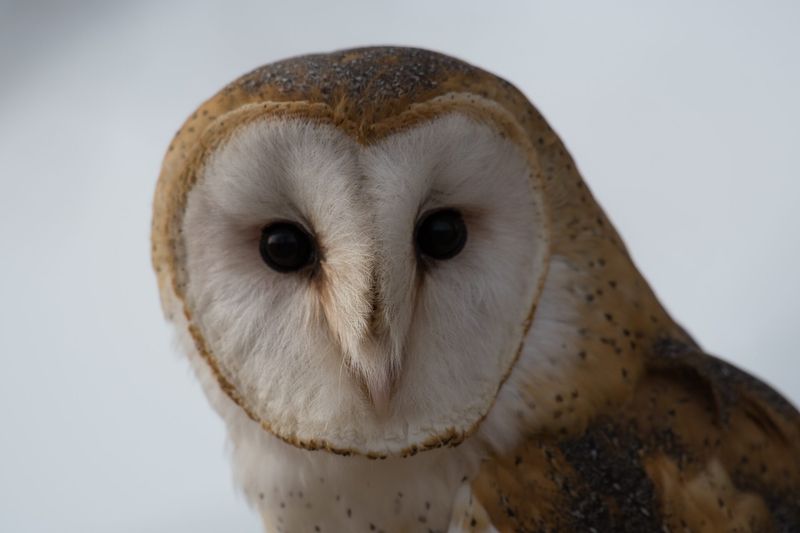
Their heart-shaped face and ghostly appearance once made them welcome residents in barns across America. Now Barn Owl populations have declined by over 40% in many regions.
Modern metal barns offer fewer entry points and nesting ledges than traditional wooden structures. Rodenticide use poisons their prey, while intensive agriculture eliminates the rough grasslands where they hunt for mice and voles.
15. Bald Eagle
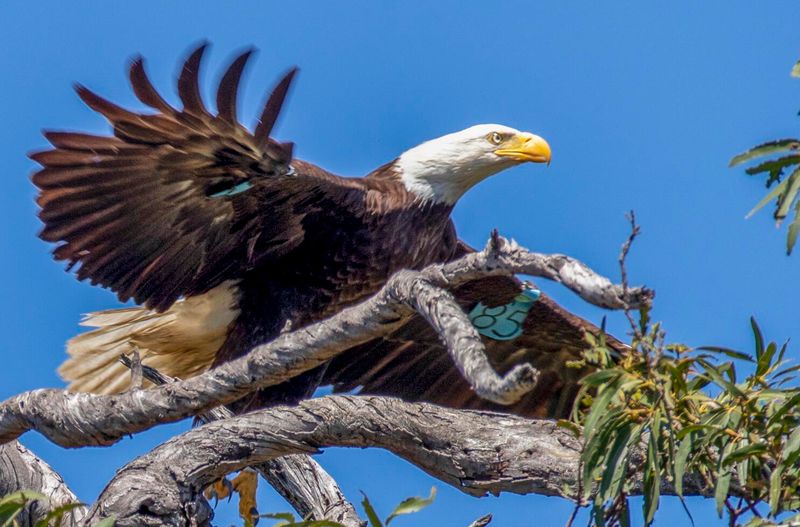
America’s national symbol represents a remarkable conservation success story, rebounding from near-extinction after DDT was banned in 1972. Yet these majestic birds still face significant threats.
Lead poisoning from ammunition in gut piles and carcasses kills eagles that scavenge hunter-shot game. Habitat loss along waterways limits nesting sites, while climate change alters fish populations these apex predators depend upon.

